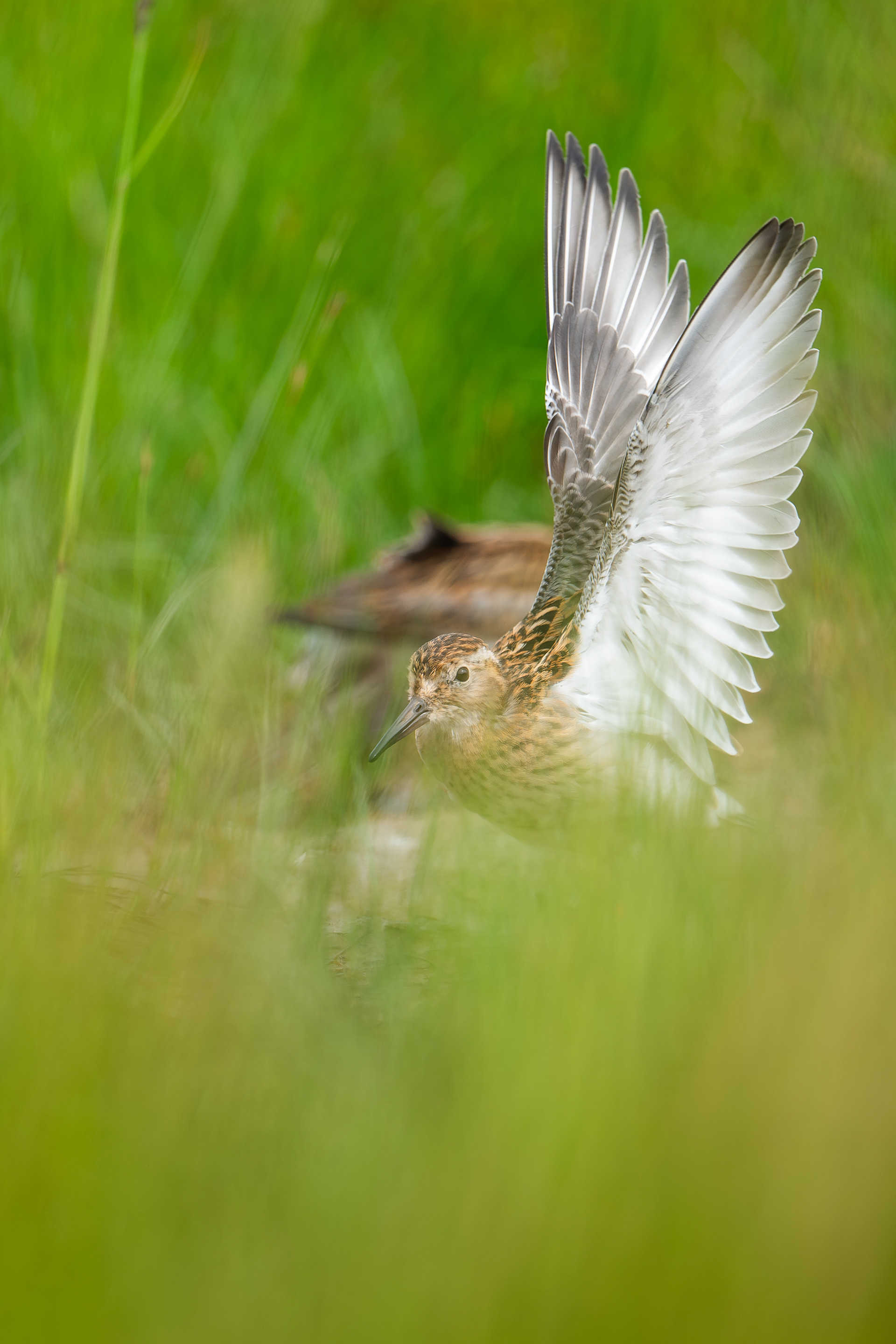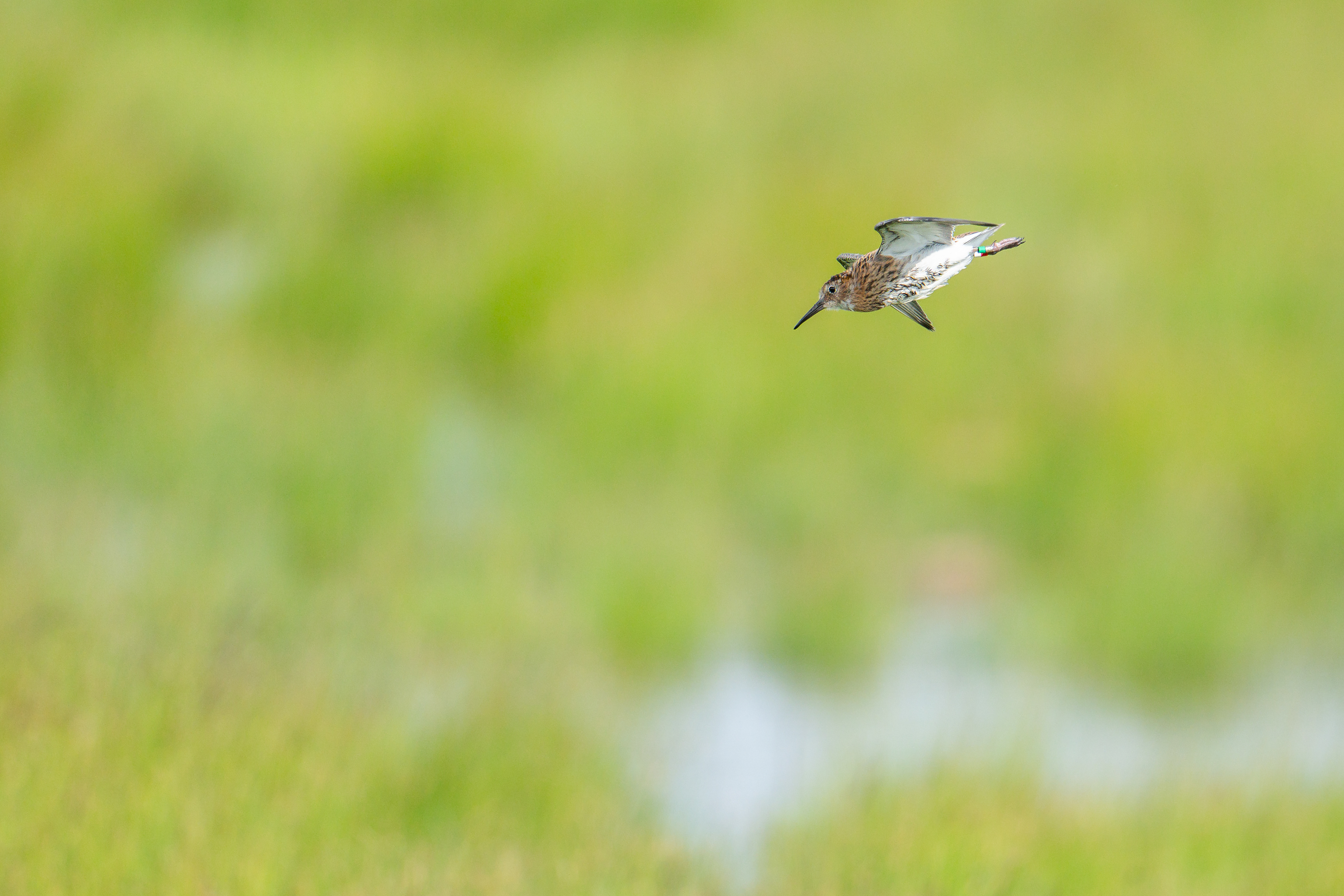This photo shows a dunlin ssp alpina. Note the ruddy back and black belly.
This photo shows a dunlin ssp. schinzii. Do you see the difference? Yes, there is no nice black belly.
Searching nests is pretty straightforward. You just walk and walk until you flush a bird from the nest. Then you try to spot the eggs, which can be very tricky.
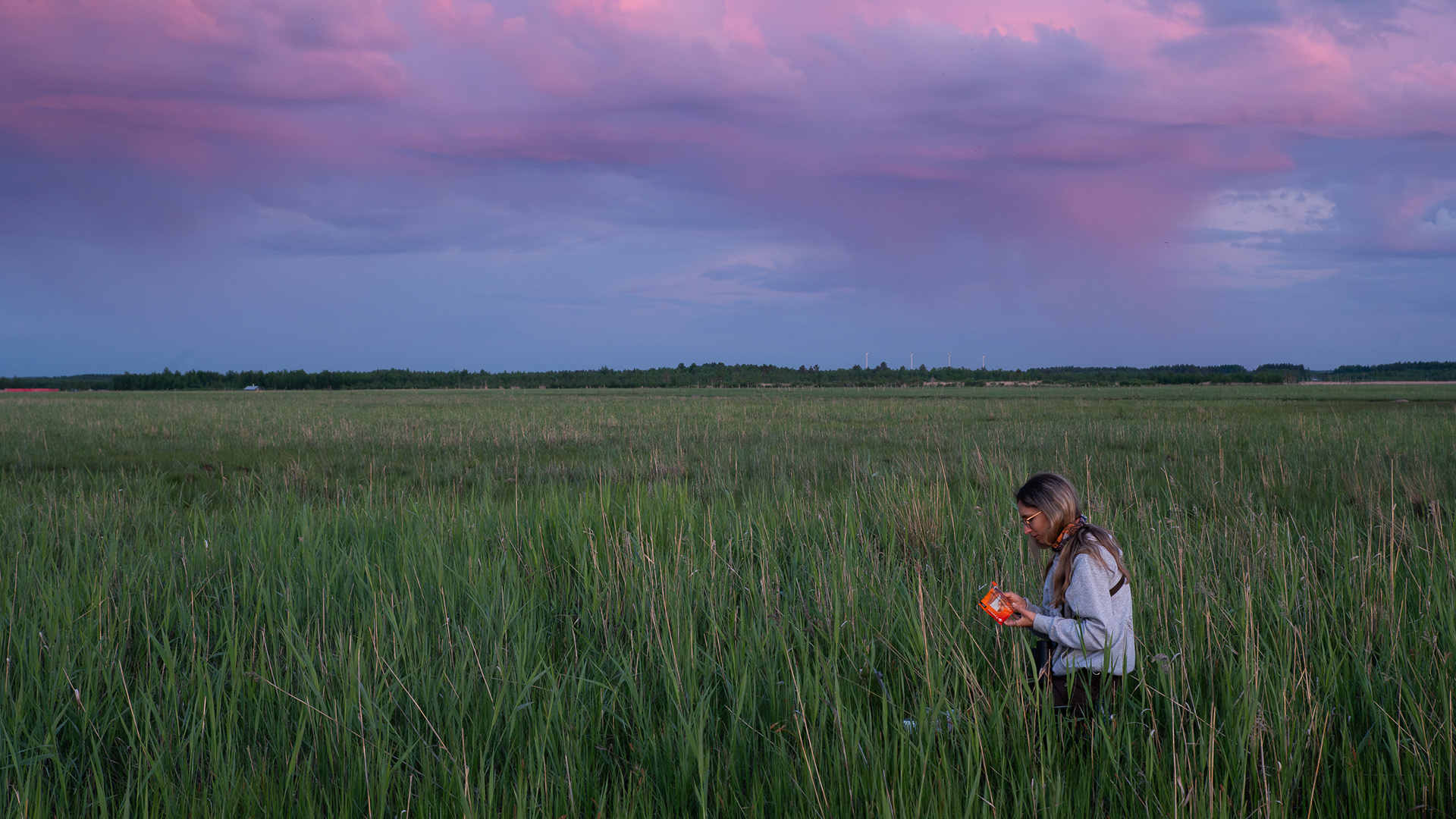
Jelena opens a bag of hand warmers to keep the chicks warm while ringing.
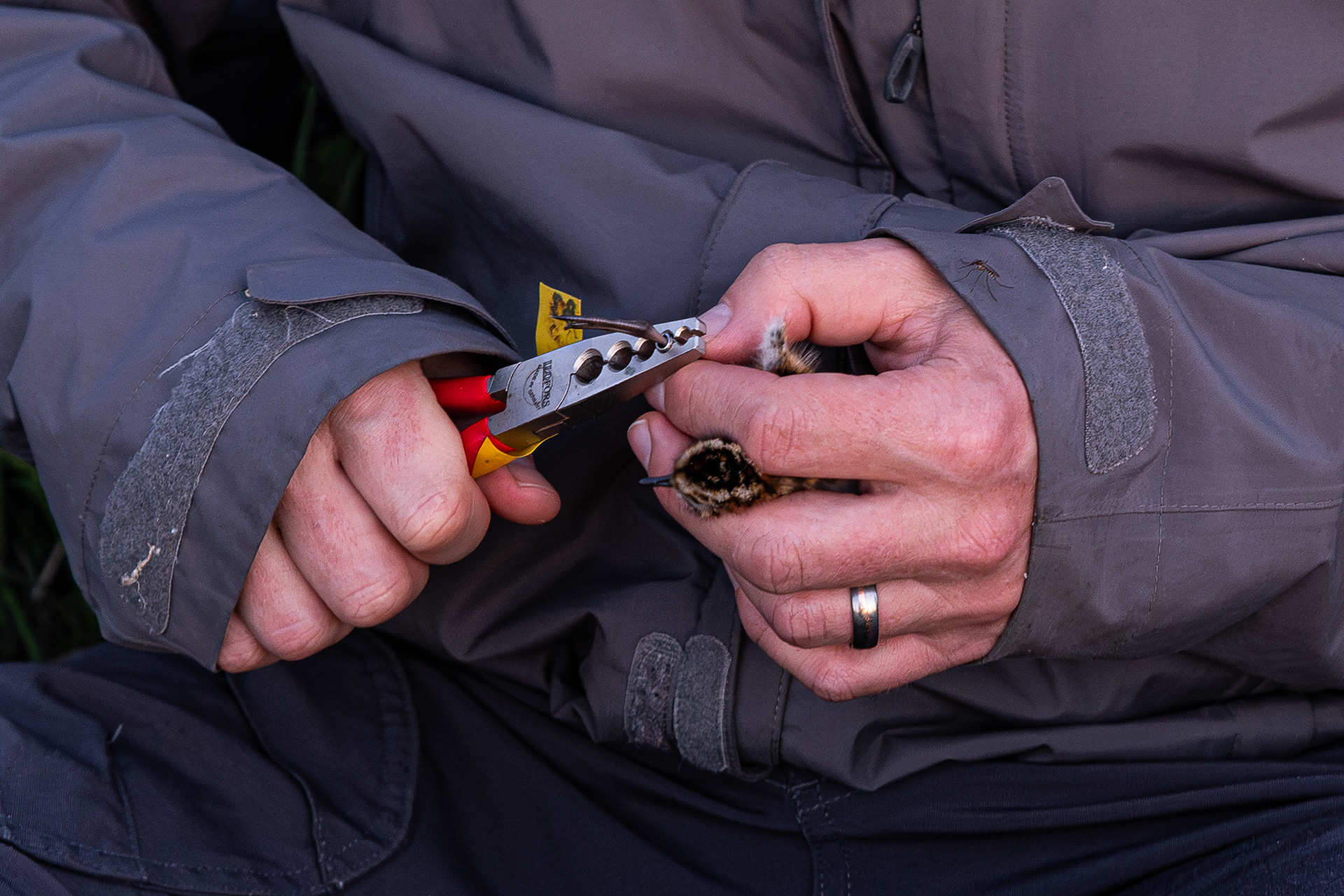
A 1-day-old chick receives it metal ring;
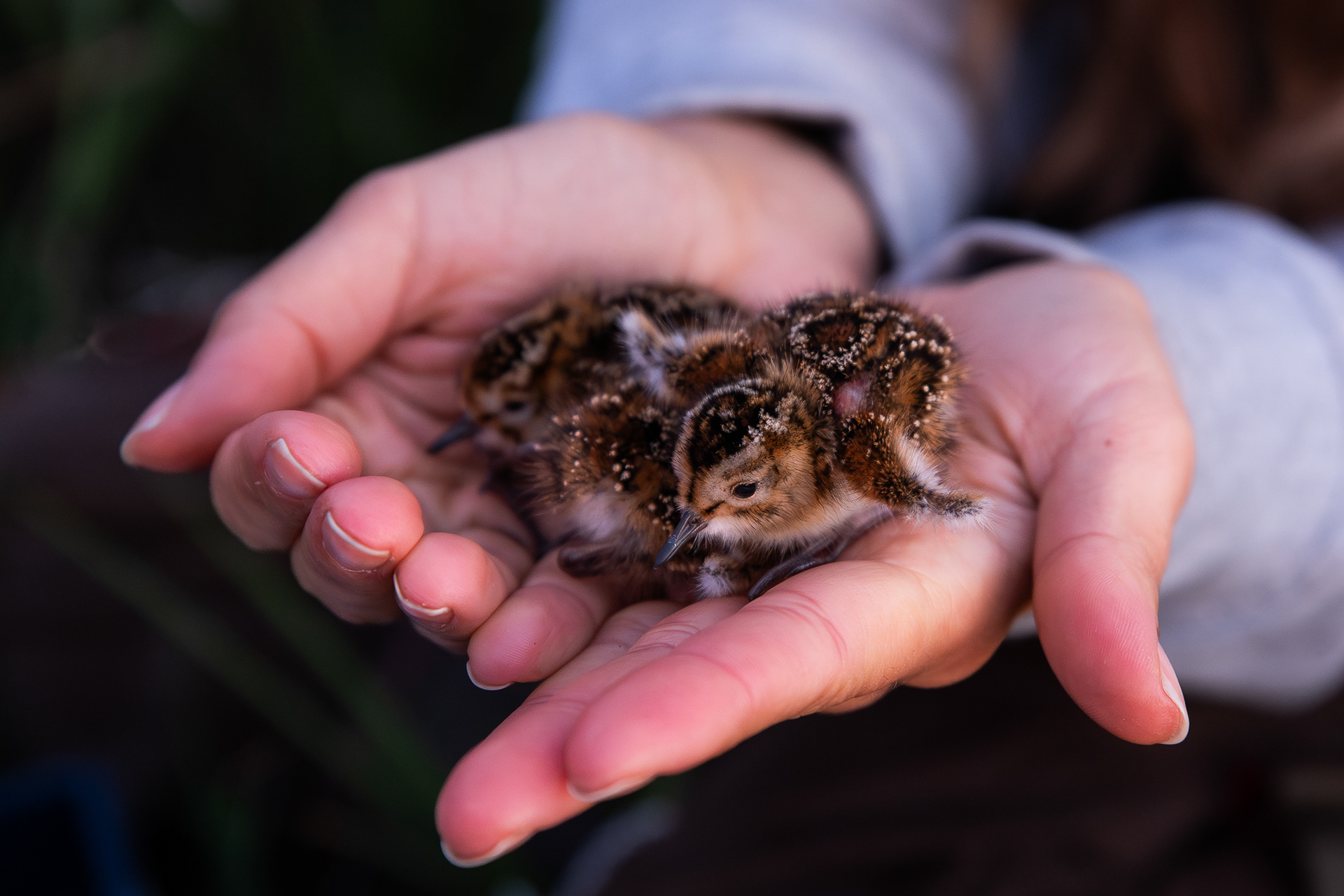
1-day-old dunlin chicks, they are cute, aren't they?
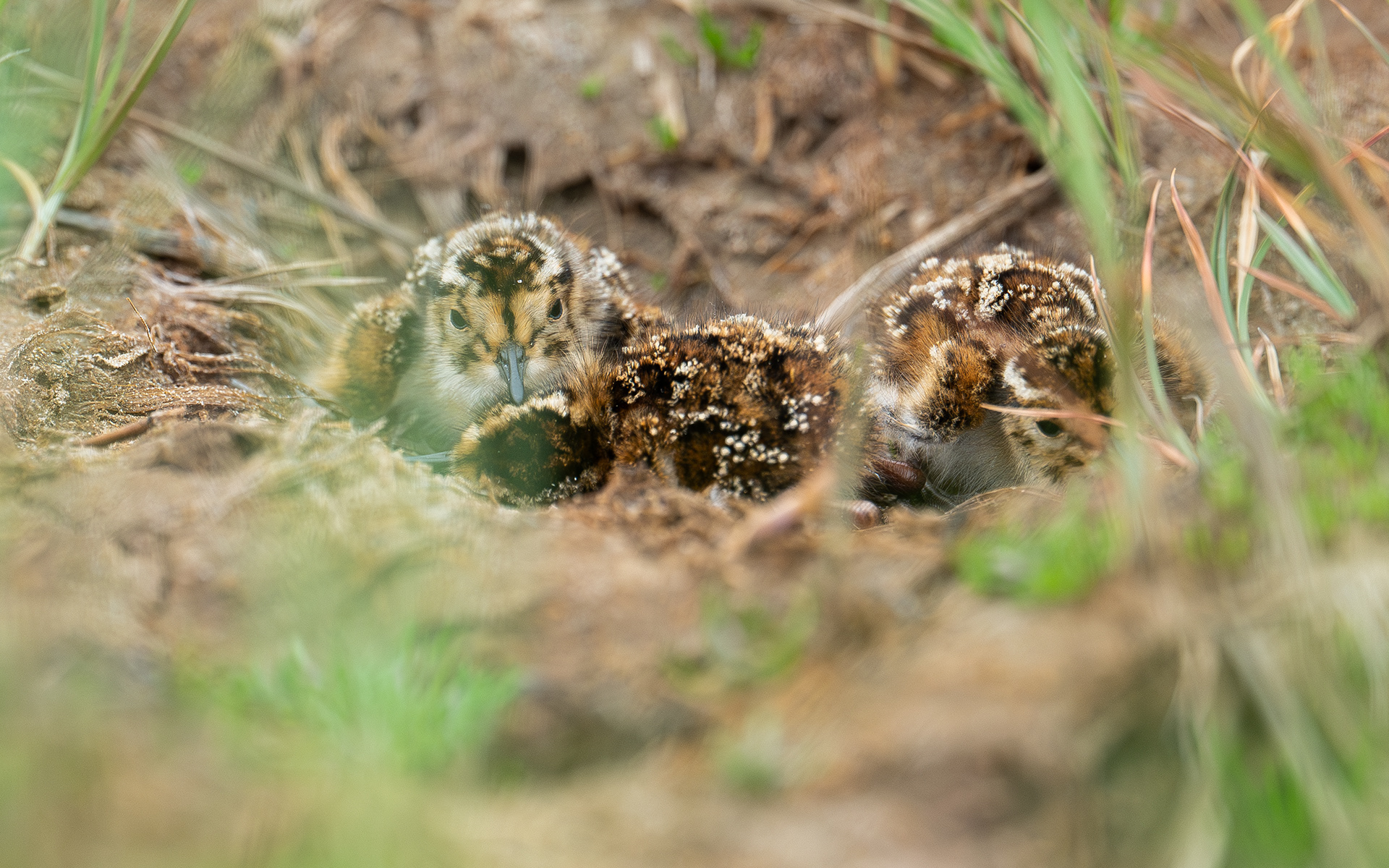
Is there still hope?
Summer flooding in the meadow
A cute video to cheer up this potentially depressing blog. Here you can see the adult male starting to brood on the chicks again after ringing. The males are mainly responsible for raising the chicks.
Eggs of three dunlin clutches in the incubator of the Oulu University. It takes about 22 days for dunlin eggs to hatch.
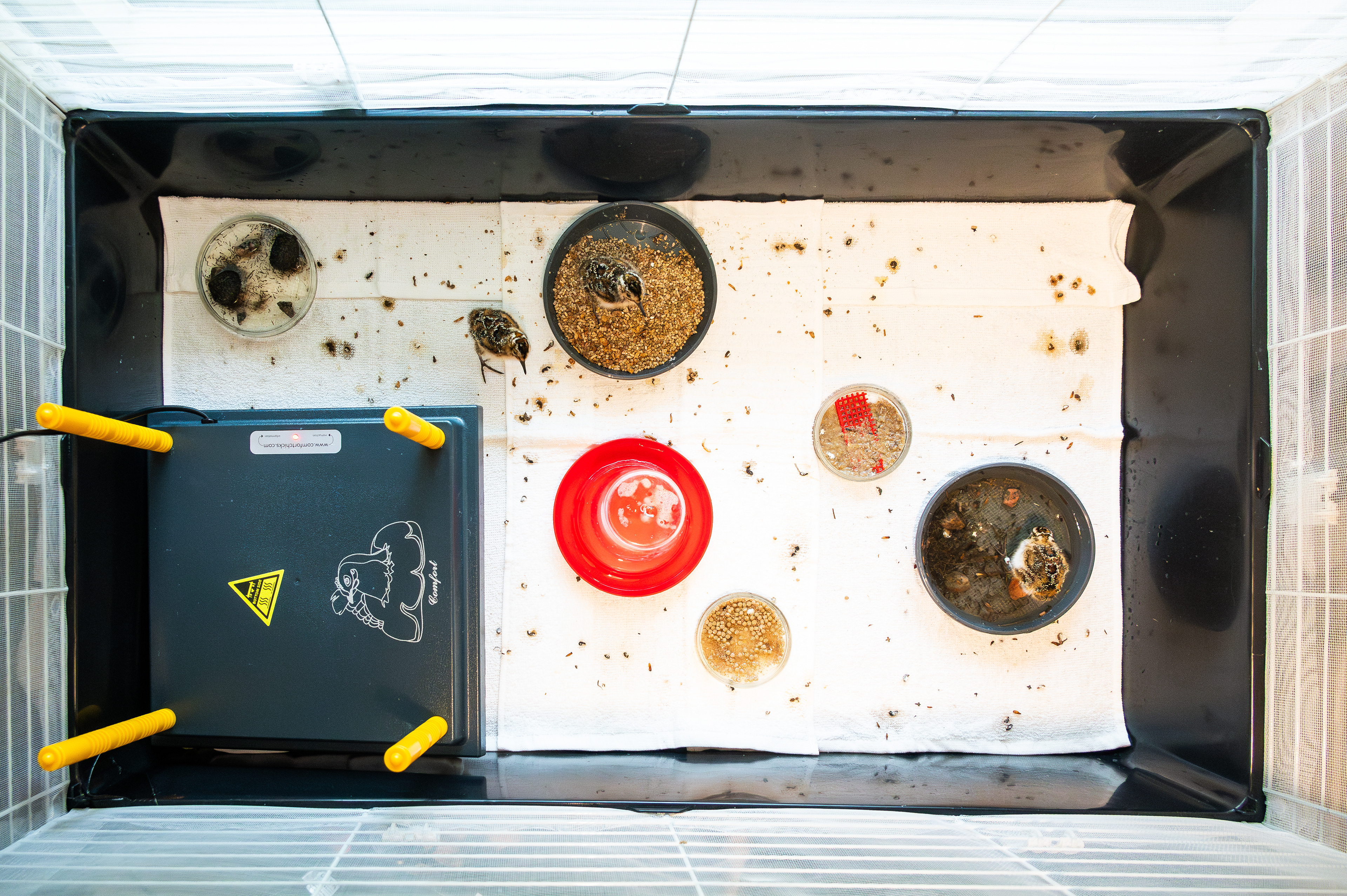
The baby's!
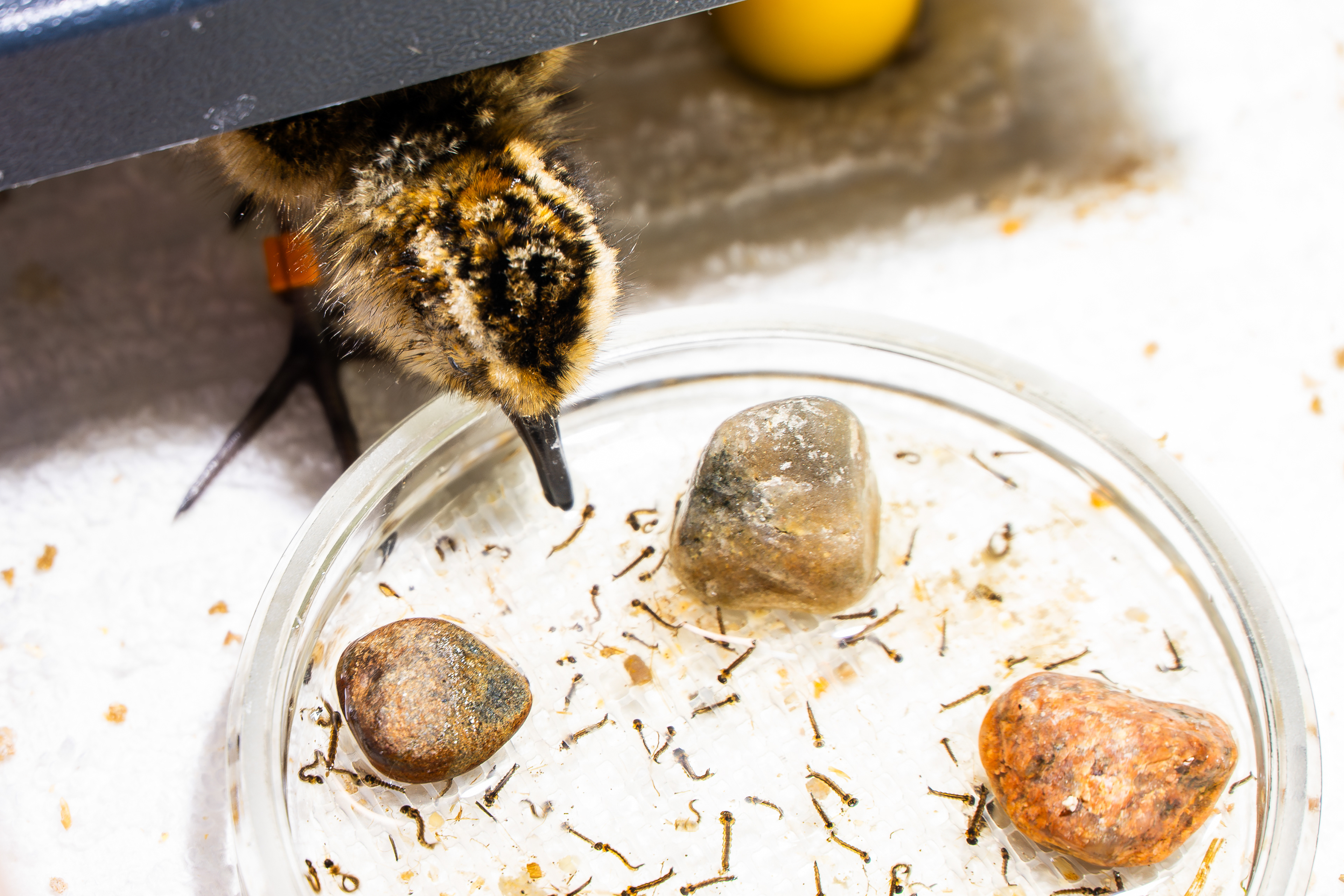
Hmmmm! Mosquito larvae!
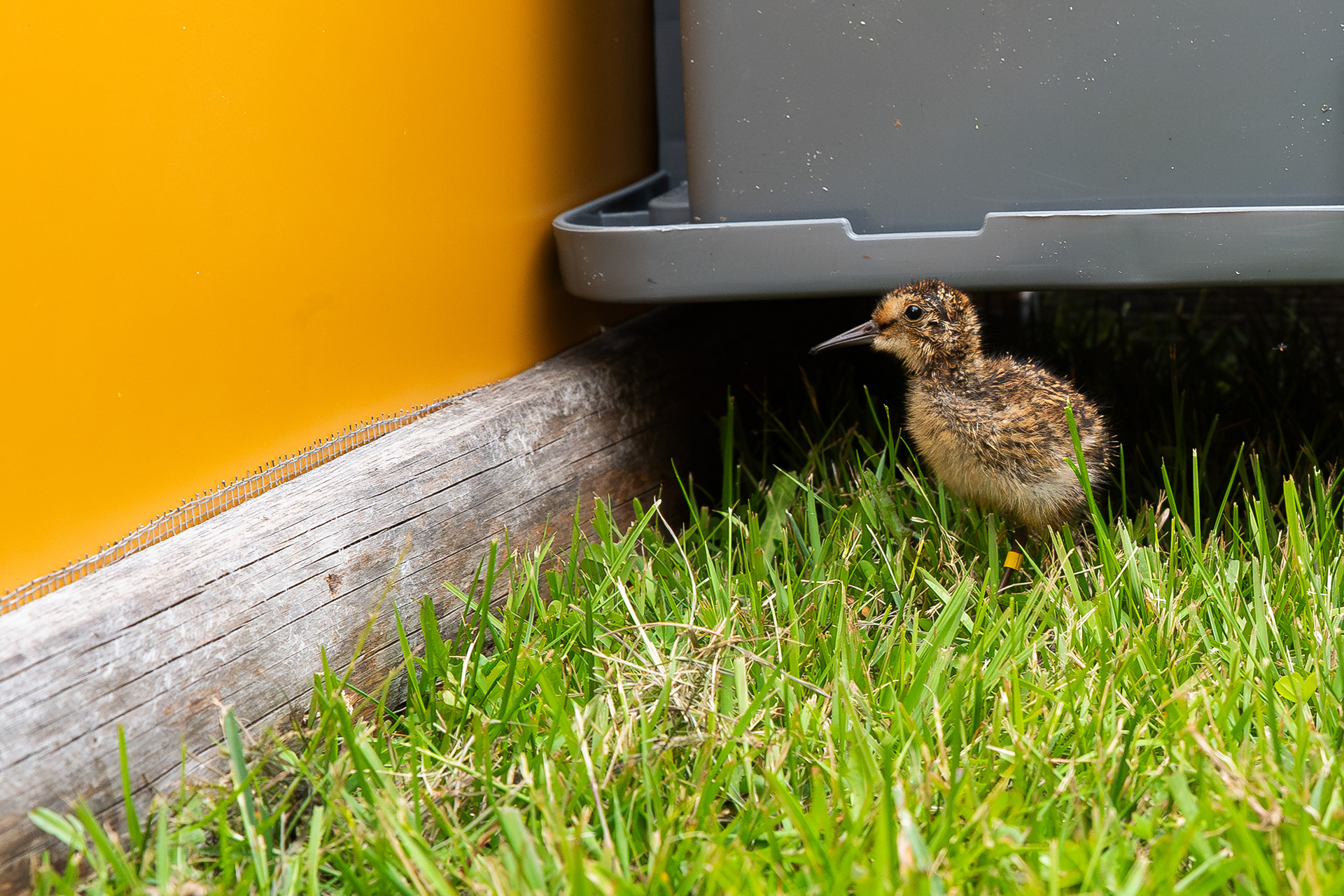
But soon it started to wander around!
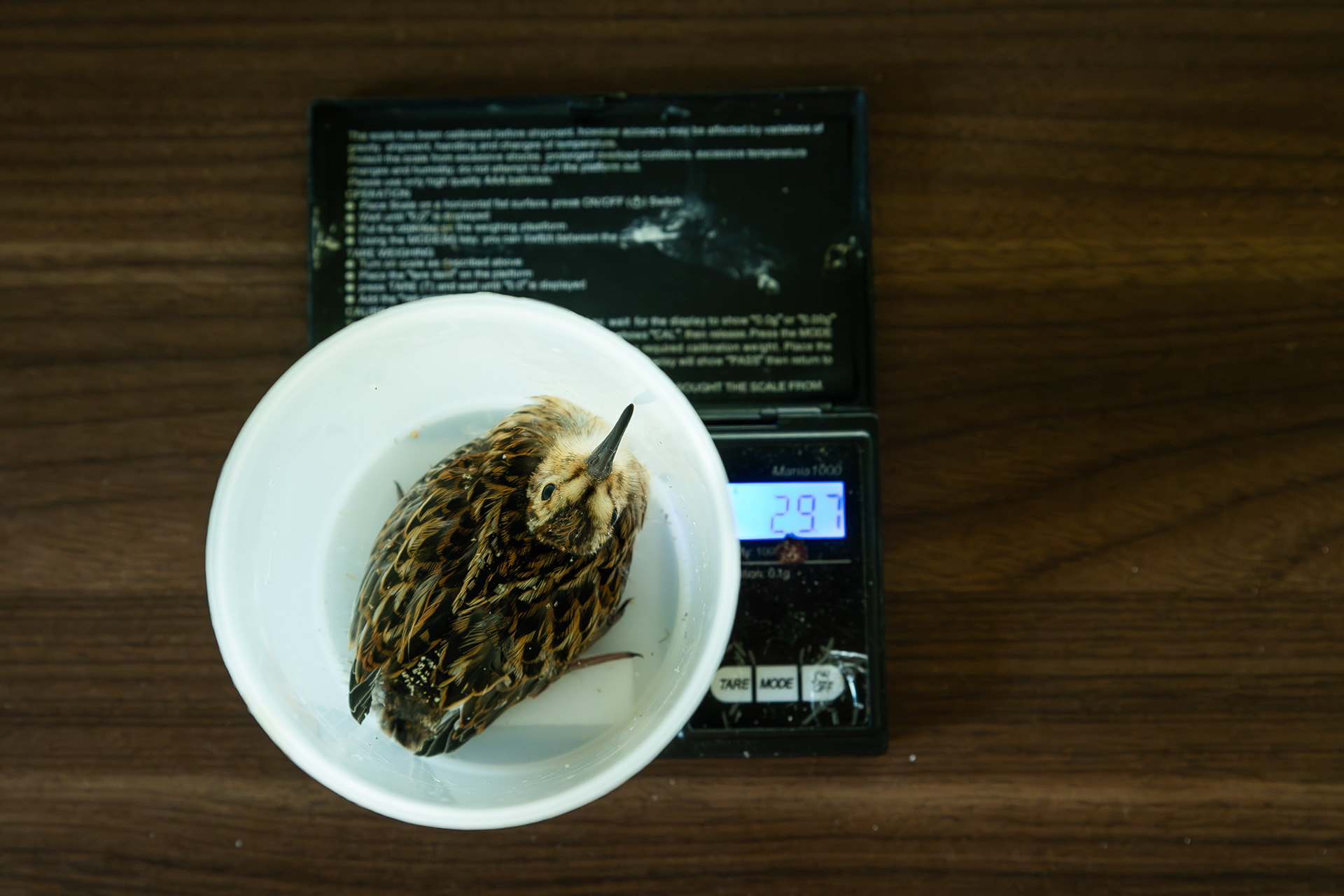
They grow so fast! During some days they could earn up to three grams body mass!
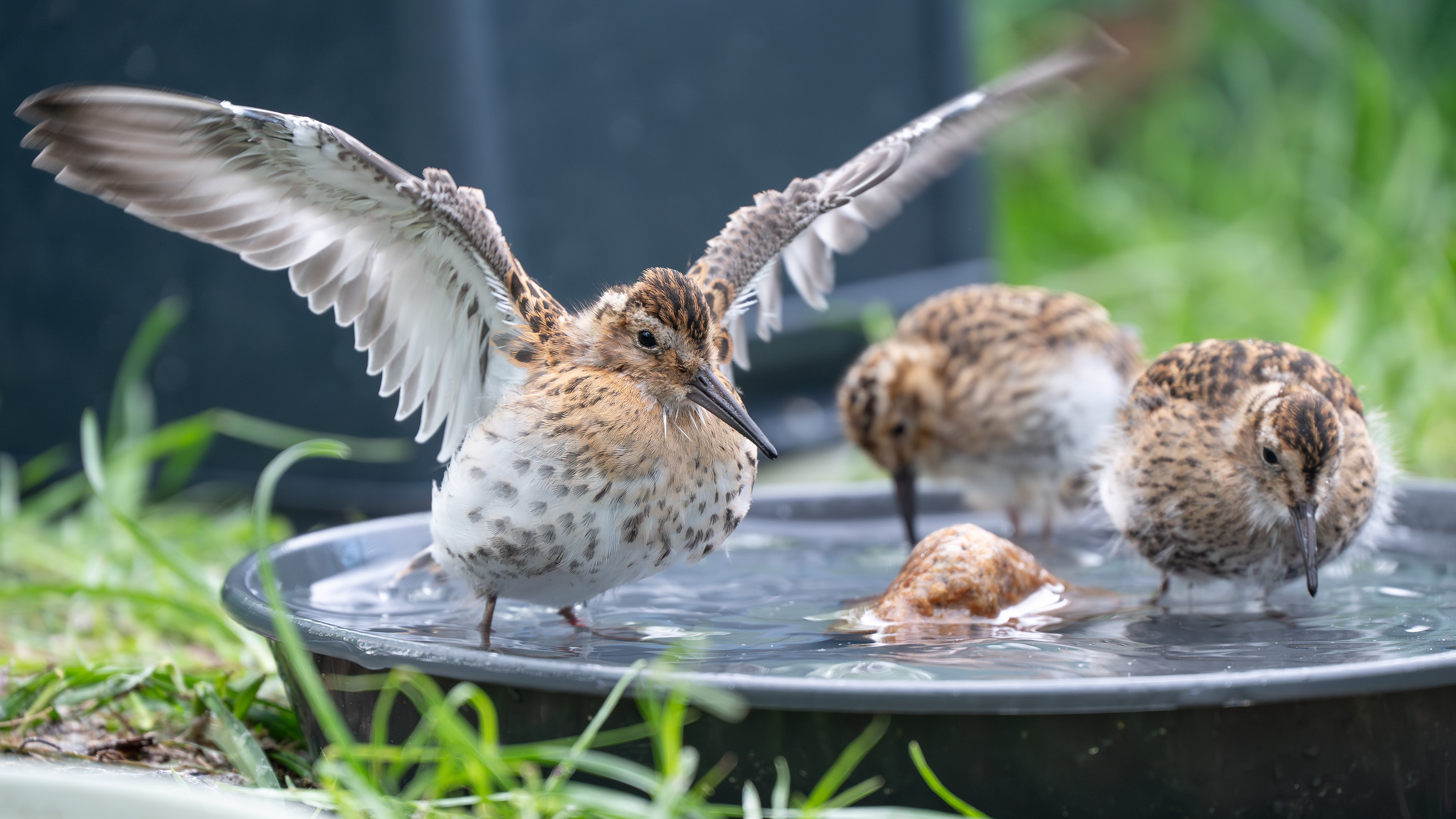
Check my wings!
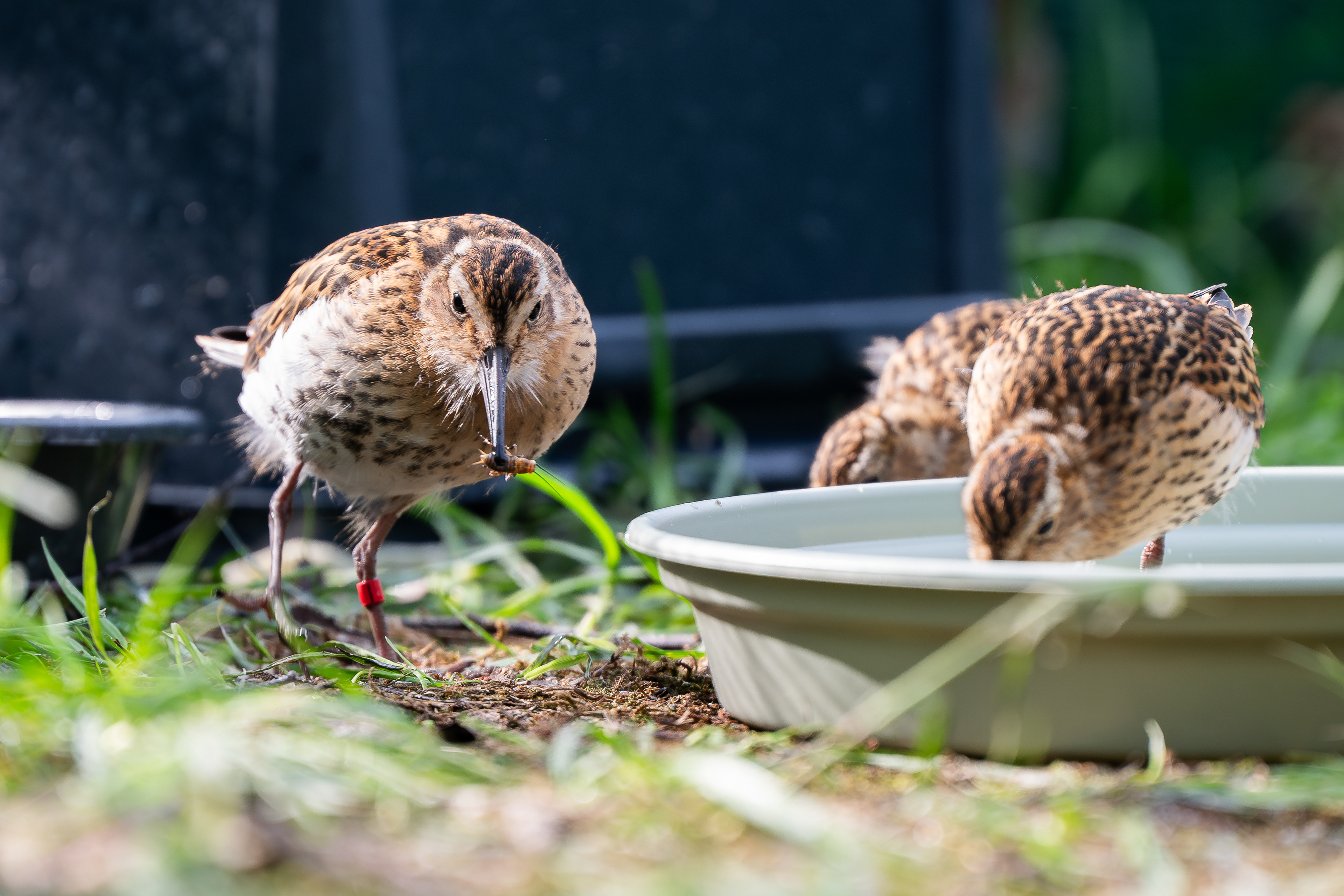
Hmmmm, tasty cricket!
GoPro video showing the first attempt of Yellow to catch an insect!
And there they go, hopefully ready for the big wild world full of danger.
